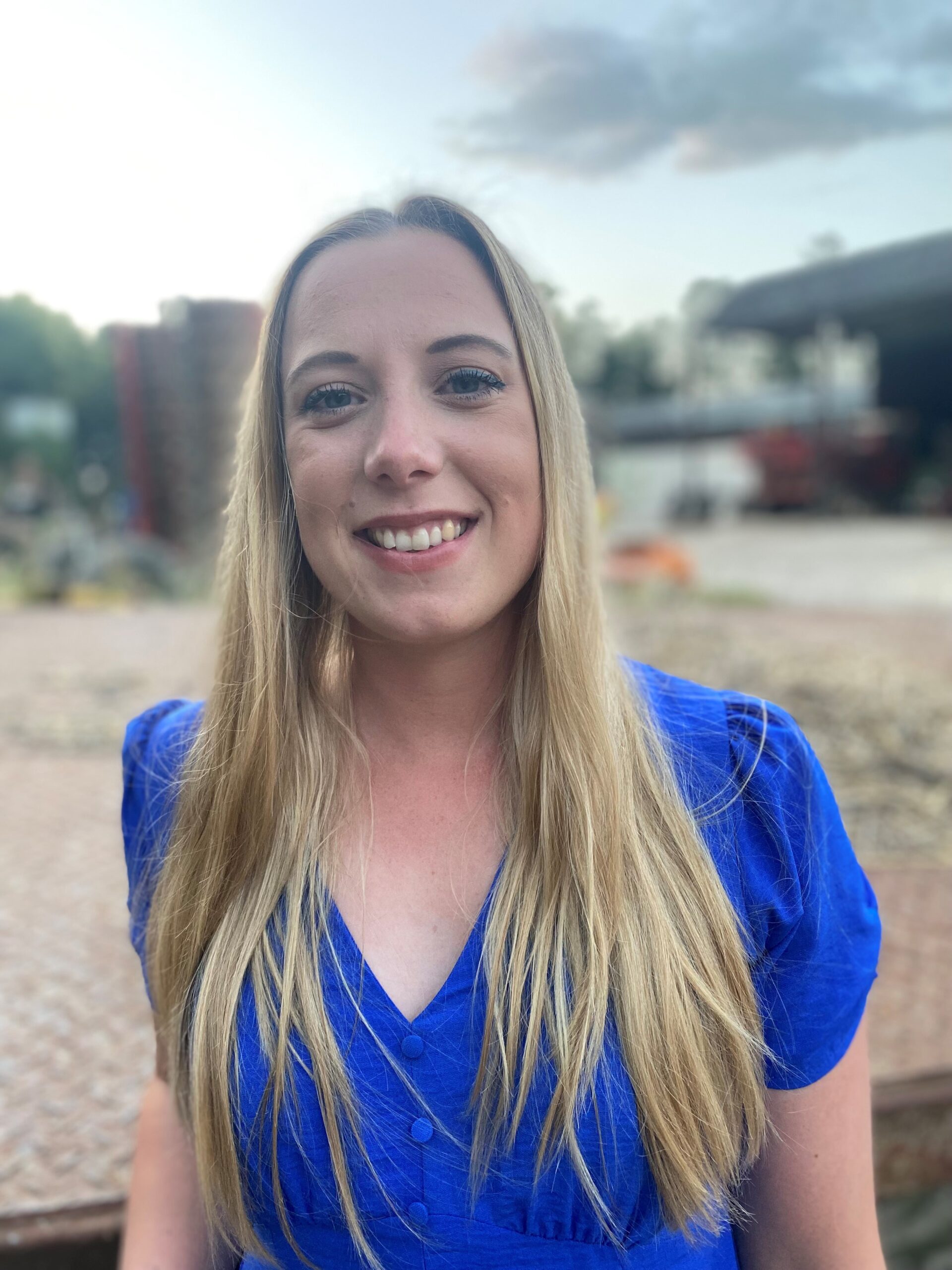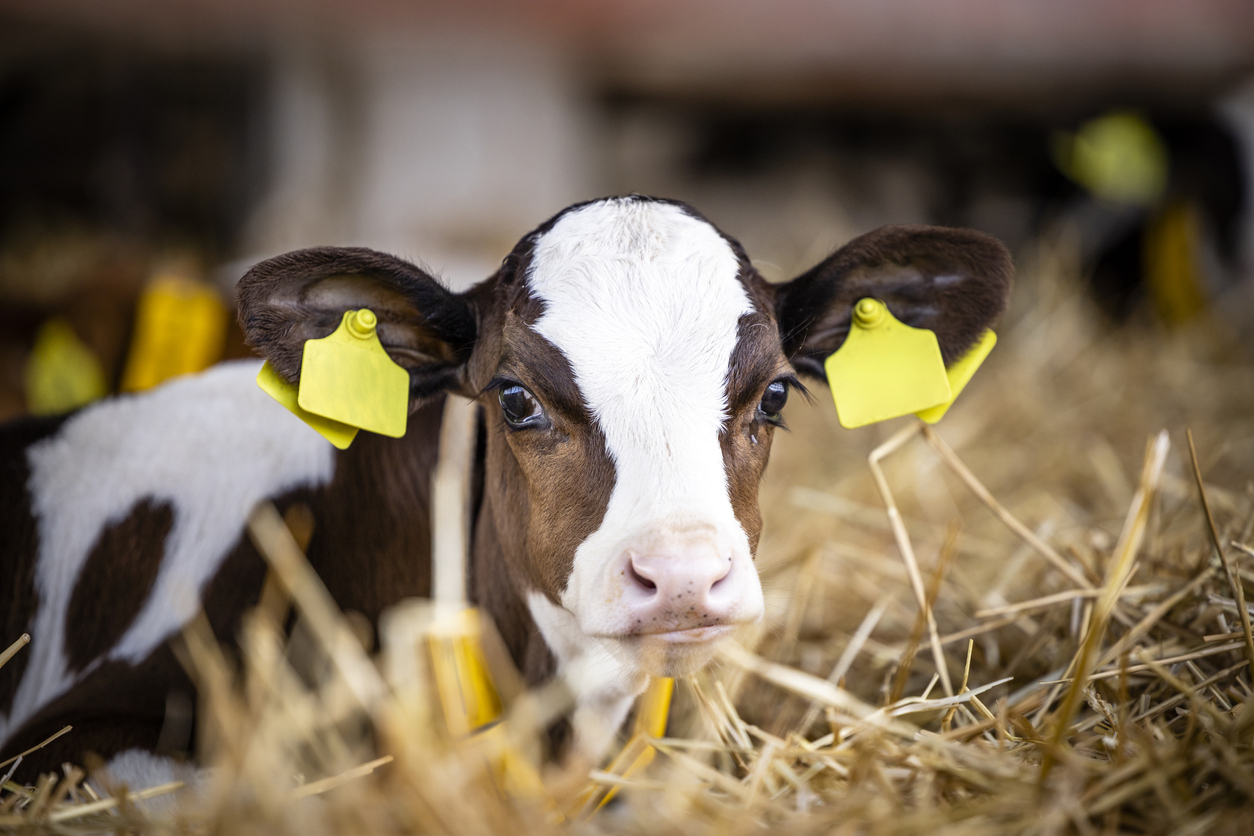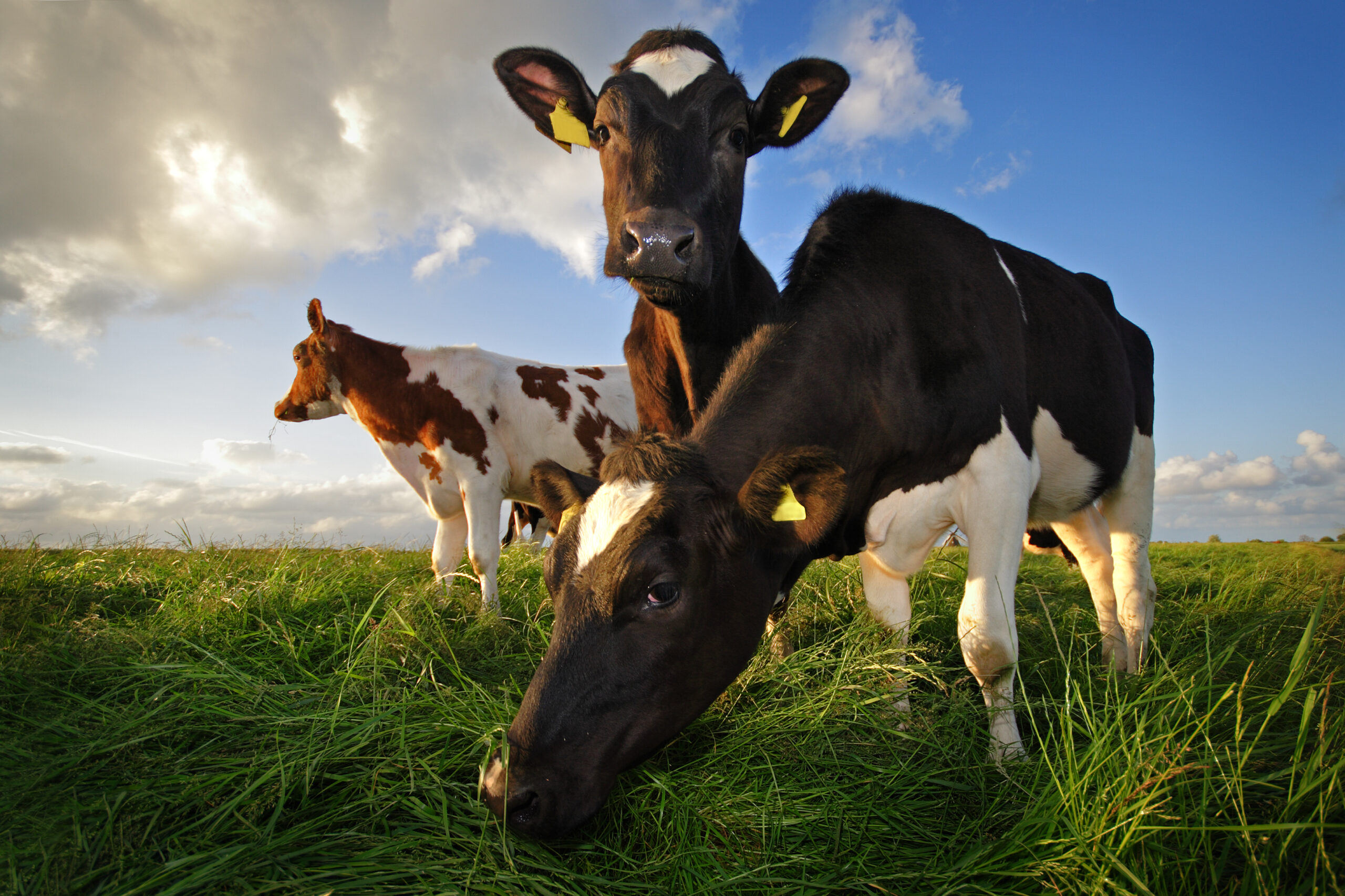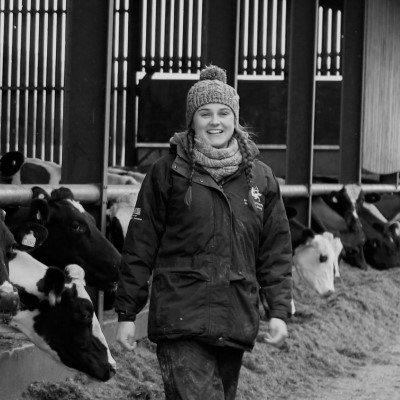CIEL | Blog: CIEL in the dairy sector: The dairy industry is making huge steps to reduce environmental impact
Annie Williams

I’ve been working in Business Development at CIEL for two years, time flies when you’re having fun!
Over that time, we’ve seen some pretty extreme campaigns targeting the livestock industry and encouraging the public to reduce their consumption of animal products, particularly dairy.
Campaigns such as “#Veganuary” encourage extreme reduction in animal products in the diet, citing environmental, social and health reasons as some of the reasons. But, realistically we are still seeing the majority of people consuming animal products; 99% of households still buy a dairy product, milk, butter, yoghurt or cheese.
The CIEL, BSAS and SCI conference in December heard from many speakers including Professor Alice Stanton and Professor Ian Givens on the vital role that dairy products have in our diet for micronutrient supply for humans, particularly women.

Those who are familiar with me are aware of my passion for minerals, particularly their impact on animal health and performance. However, I have recently delved into the vital role of minerals in human nutrition, which has been quite intriguing. While the nutritional advantages to humans are significant, it’s crucial to balance these benefits with the need for agricultural sectors to lower their environmental impact.
There are various environmental reasons for reducing the consumption of dairy products in our diet. However, during my time at CIEL, I have witnessed significant advancements in our understanding of how to reduce emissions from dairy. CIEL’s Net Zero reports offer a wide range of mitigations that we can implement on farms immediately. The focus now is on promoting the adoption of these mitigations on commercial farms. To this end, CIEL is collaborating with several of its dairy sector members.
Moreover, there are some exciting projects underway that aim to bring new innovations to the dairy sector. Some of these projects aim to directly reduce emissions, while others aim to improve animal health and productivity, leading to indirect reductions in emissions:

Dancing with Daffodils:
Aiming to develop a feed additive that will contribute to the COP26 Global Methane Pledge of cutting global methane emissions by at least 30% by 2030. The project will seek to develop a naturally sourced nutritional additive “alkaloids” to reduce methane emissions from ruminants, which currently account for 80% of the total methane emissions from agriculture in the UK. The project will also address the requirement to improve the efficiency of feed utilisation by ruminants, which will reduce the demand for imported high-protein feed materials, supporting sustainable milk and meat production.

Veterinarian inoculates a cow in the neck against anthrax
Can bulk milk revolutionise TB Testing?:
A Defra review of UK bovine tuberculosis (bTB) strategy acknowledged bTB as the most pressing animal health problem in the UK.
The Enferplex Bovine TB Antibody Test is a multiplex ELISA test for the detection of bTB in serum and milk. The test shows high sensitivity and specificity for the detection of bTB in bulk milk. The use of bulk milk as a surveillance tool offers significant opportunities in the control of TB, reducing costs to both farm and taxpayer through easier surveillance and improved control.
The test is in the process of evaluation for approval by the World Office of Animal Health, which if accepted would require the UK Government to place mandatory restrictions on any herd testing positive. Therefore, there is a window of opportunity to develop an understanding of the value that the test would bring to bTB control in the UK, without risk to the dairy industry and individual farms.

Close up view of holstein calf lying in straw inside dairy farm.
ImmunIGy:
A novel pen-side test for checking calf immune status.
Serum concentration of IgG in neonatal calves is a direct marker of the level of passive transfer of maternal antibody from colostrum. There is substantial evidence that successful passive transfer is associated with decreased morbidity and mortality rates, improved growth rates, feed conversion and lifetime productive capacity, whether the calf is destined to produce milk or enter the beef supply chain. As such, successful passive transfer is a key driver of economic and environmental efficiency on both dairy and beef farms rearing calves sourced from dairy units.
ImmunIGy is a pen-side diagnostic test for measuring IgG in calves. It is novel for 2 reasons: firstly it is a Lateral Flow Test which can be carried out by the farmer, pen-side, and secondly, the sample can be obtained by the farmer using a lancet on an insensitive part of the calf’s nose. Hence the result can be obtained cheaply in the space of a few minutes.

grazing cows in the Netherlands
EPIHERD
Using EPIHERD, an innovative RNA-AI-platform, this project aims to improve the nutritional qualities and nationwide health benefits of milk by enabling farmers to identify specific epigenomic factors that influence phenotypic response in cattle.
The nutritional content of milk can vary, with a cow’s genetics being a major influence factor on the fat and protein content of their milk. Advanced genetics has seen success in developing breeding plans for farmers to improve the milk quality of their herds. But genetics alone account for only ~30% of complex traits.
Epigenomics shows the level of expression/activity of a gene and is a field that can significantly contribute to completing the picture, with gene expression the biggest factor influencing the regulation of desirable characteristics.
Many of these projects aim to improve health or have a direct effect on efficiency. However, we are starting to see projects extending from these objectives to consider other environmental and sustainable motivations.
CIEL’s open innovation group for sustainability has consisted of lots of conversations around biodiversity, adoption of technology and water quality. These discussions will continue, and we look forward to working on projects in these areas and others. It’s a really exciting time to be working in dairy and I’m excited to see how this sector continues to drive forward.


Dr Annie Williams, Business Development Manager
Annie is the first-point of contact for existing CIEL Members and for bringing new Members on board who are focussed on collaborative research. She’s on hand to help Members identify new funding opportunities, build partnerships around those opportunities, and transform ideas into active projects. Annie’s valuable combination of commercial and research experience is matched by her enthusiasm for driving the livestock industry forward.







